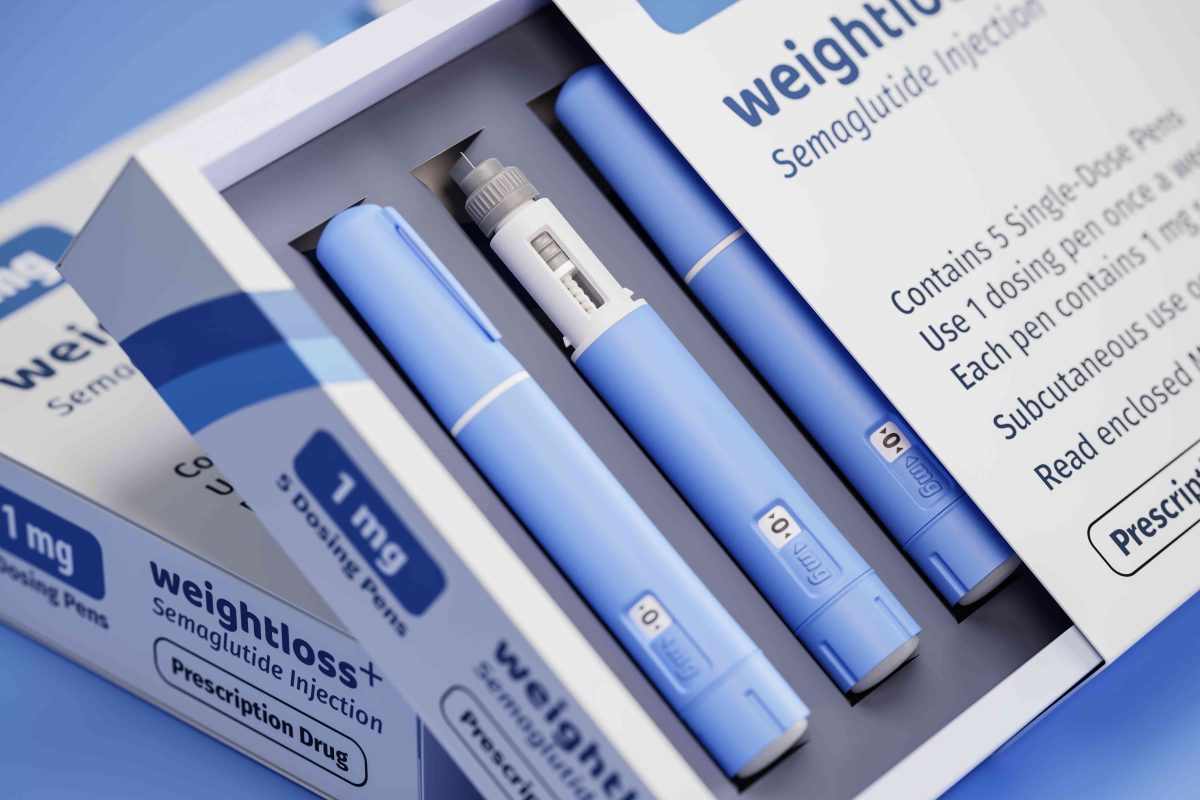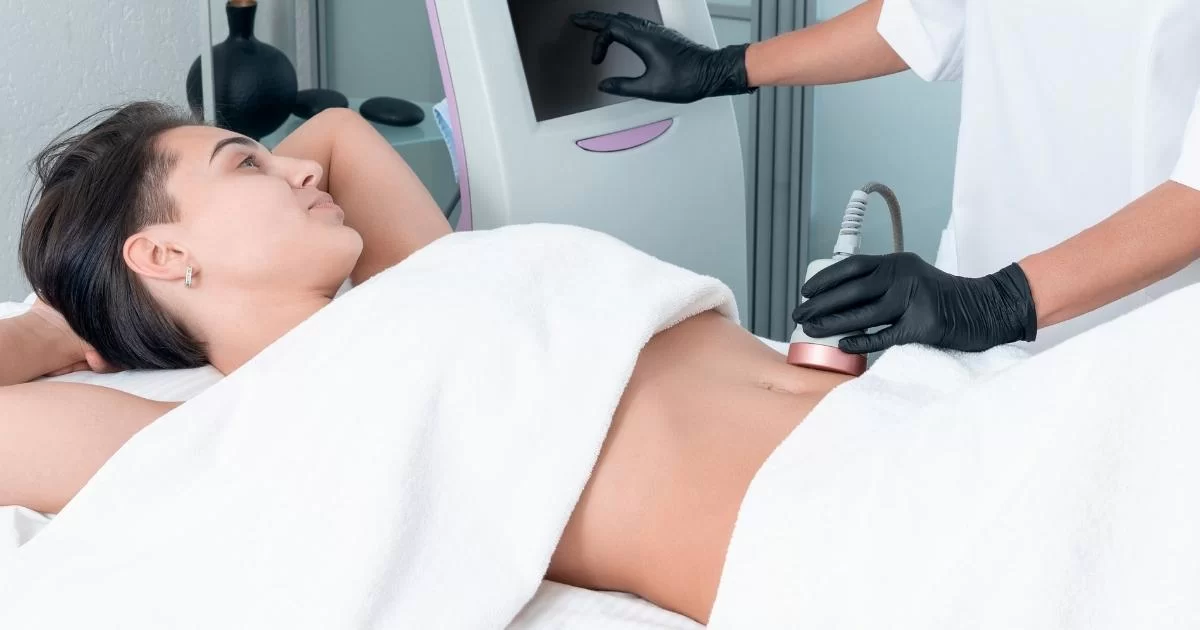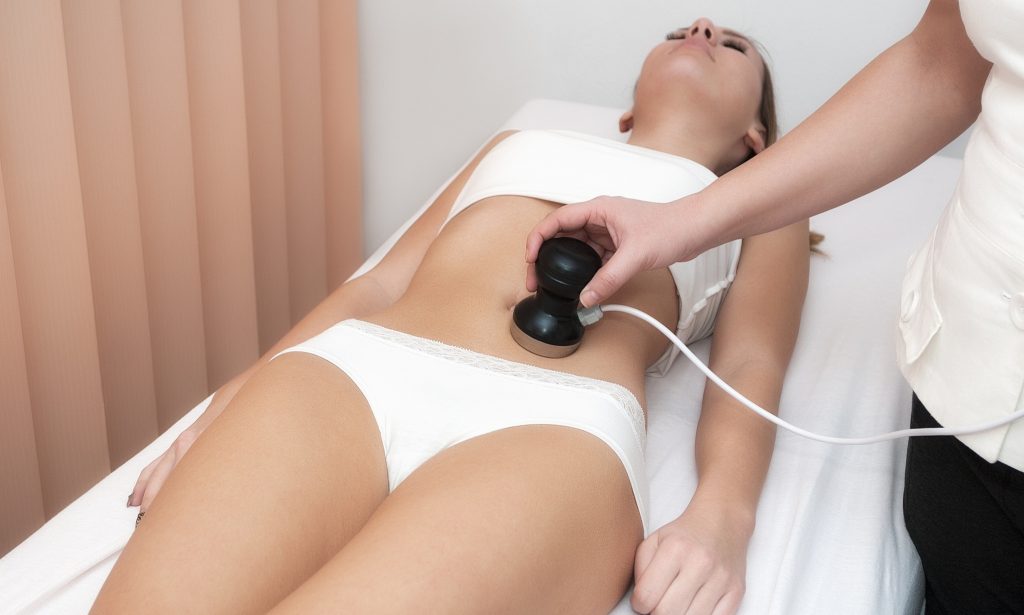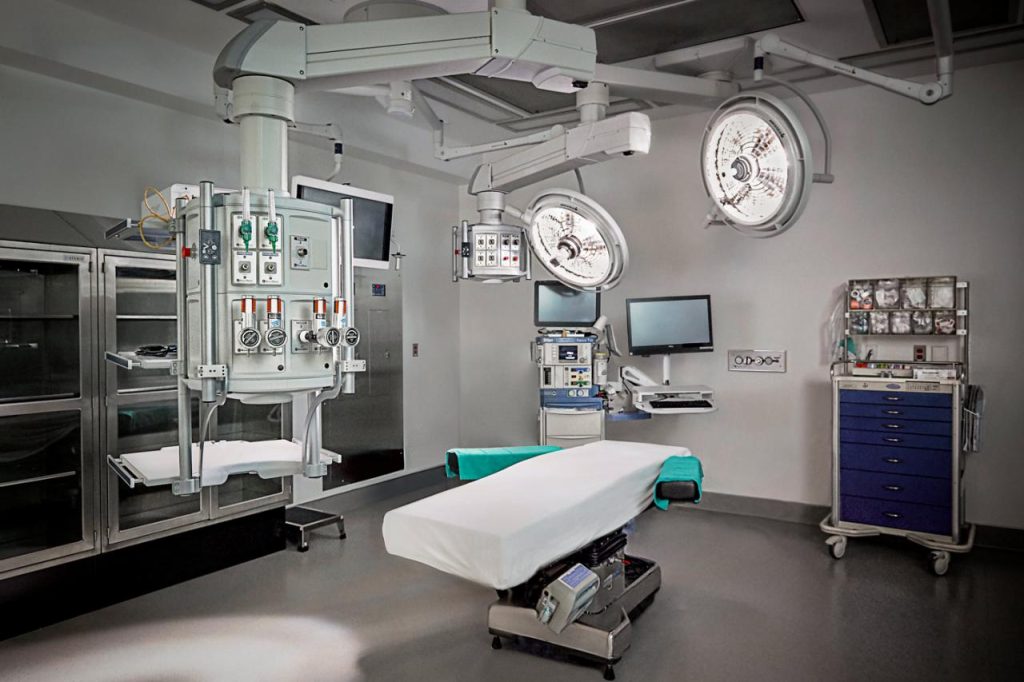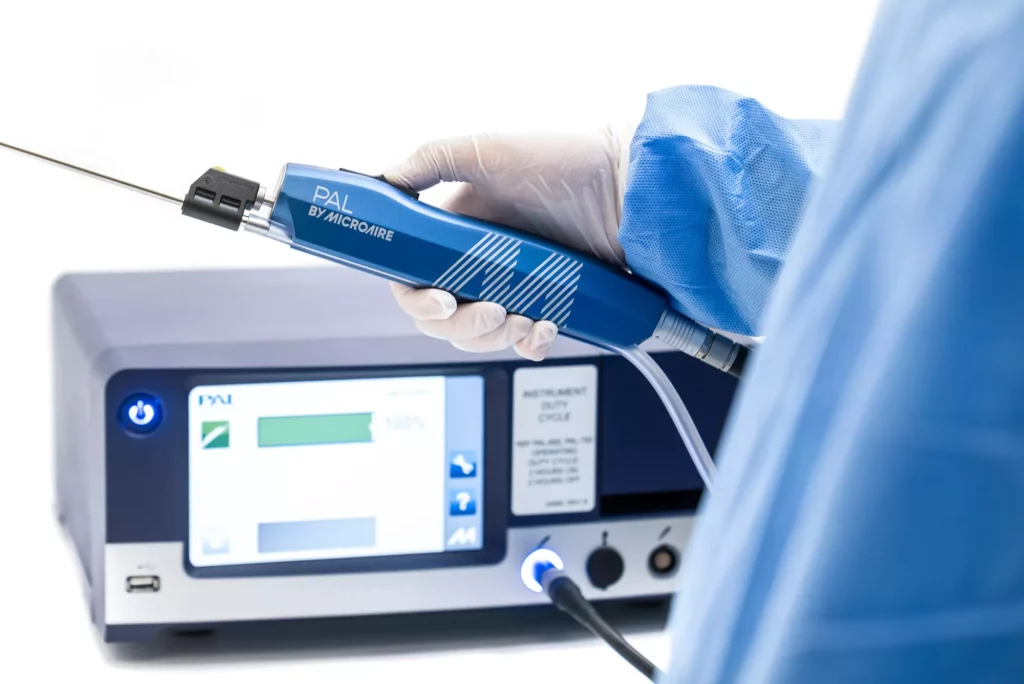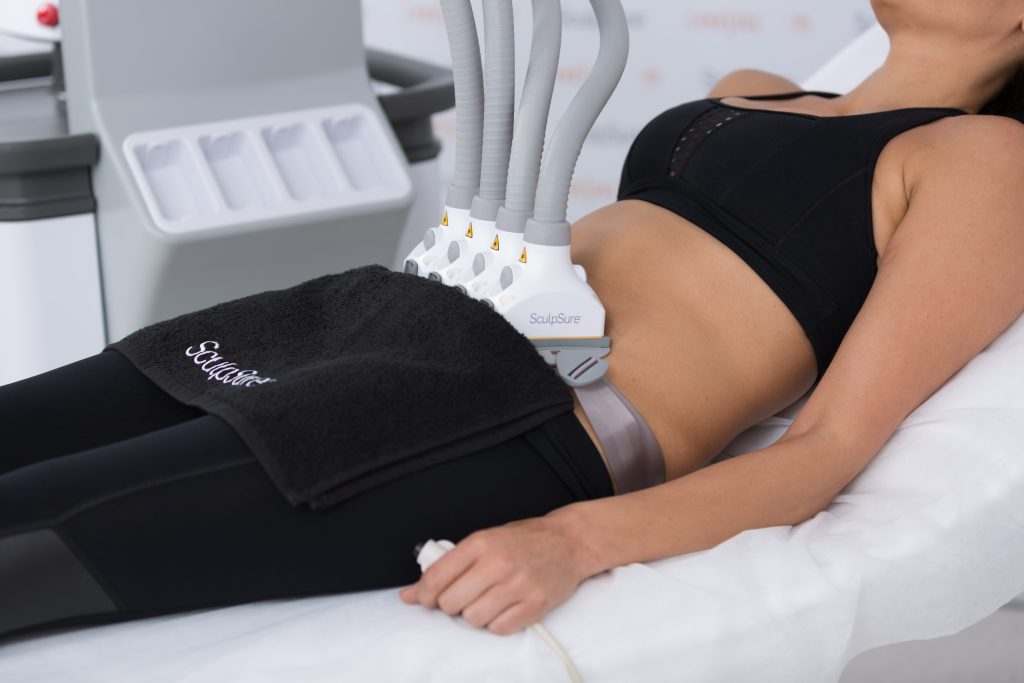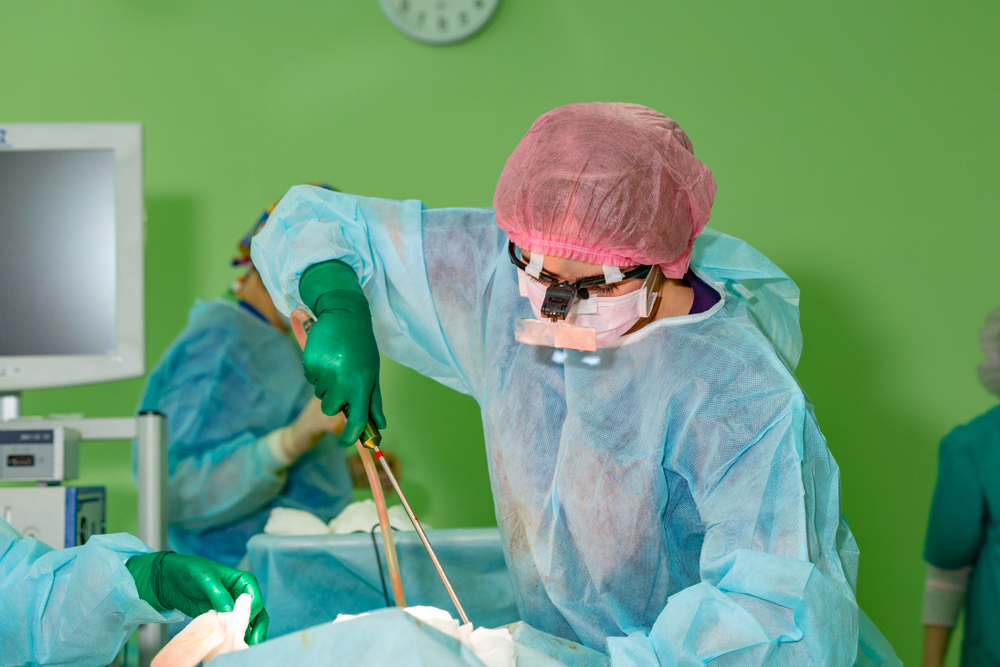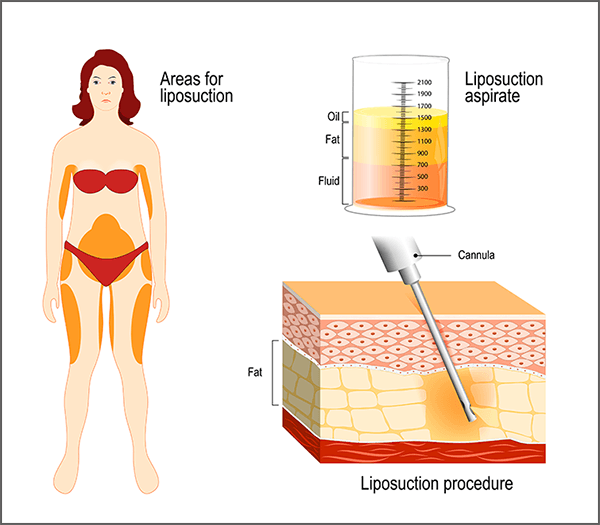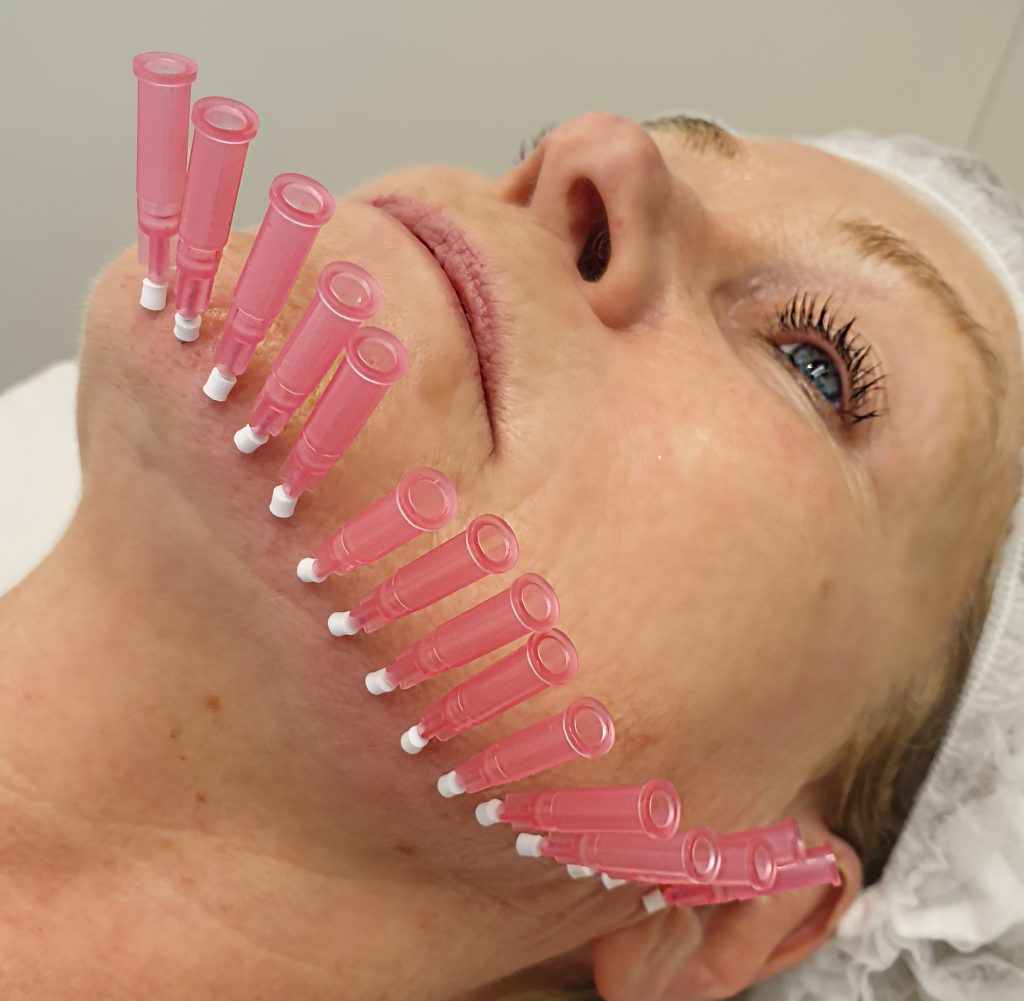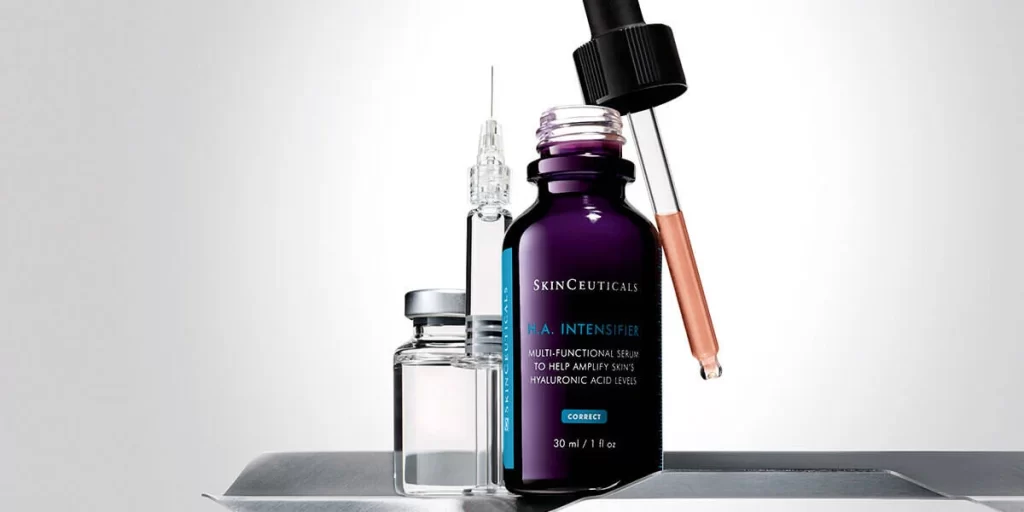Key Takeaways
-
Targeted contouring is a highly specialized technique that adds volume only where needed, creating a beautiful, natural-looking result. Unlike general body shaping, it zeroes in on target-specific goals to produce the most aesthetically pleasing results.
-
Injections are certainly the rage, but their results are fleeting at best. This continual upkeep not only decreases patient satisfaction, but results in increased long-term costs.
-
Injections don’t have the same precision required for effective contouring. In the hands of a less trained injector, this can result in irregular or unappealing outcomes due to the limitations of nonsurgical approaches.
-
For truly effective contouring, a skilled, board-certified surgeon is a must. They have the expert knowledge of anatomy to create the most physical harmony possible and can custom-tailor procedures to best meet each patient’s unique goals.
-
Surgical techniques such as liposuction and tummy tucks will offer more concrete and long-term changes. That’s because they’re able to target the body’s stubborn fat deposits and augment muscle definition more precisely than injections.
-
Depending solely on injections for contouring can be dangerous. This can result in side effects and long-term skin quality issues, making it important to explore surgical options for more permanent and complete results.
Targeted contouring through injections offers more convenience and produces faster results. It is no replacement for the finesse and artistry of the techniques that a skilled surgeon can offer.
In contrast to the volume-focused, superficial changes made with injections, skilled surgeons are able to employ advanced techniques to achieve structural enhancement with long-lasting effects. Surgeons deliver customized solutions.
Personalized, customized approaches with every procedure uniquely tailored to individual needs and anatomy maximize patient safety and desired outcomes. When you put your trust in a surgeon’s expertise, you’ll find more comprehensive, longer-lasting results than injections can ever provide on their own.
Understanding Targeted Contouring
What is Targeted Contouring
Targeted contouring focuses on specific areas of the body to improve definition and shape. What is targeted contouring? Unlike more general approaches that focus on overall weight loss or muscle gain, it targets trouble areas such as the abdomen, thighs, or arms for optimal sculpting.
We’re able to do this precision by pairing surgical and nonsurgical techniques. Each technique and groundbreaking technology is specifically chosen to address the person’s specific needs and desired results. Surgical options may use liposuction or tummy tucks, while nonsurgical methods may use injections or lasers.
Each method has its own distinct advantages. The decision between the two varies based on the patient’s desired results, overall health, and individual specifications.
Goals of Contouring Procedures
Contouring procedures are primarily aimed at improving body proportions. They then design changes that are harmonious and appropriate, tailored to the needs of each person.
To do this, you must have an intimate knowledge of the patient’s physique and goals. Your aim should be to improve their natural contour, not to create some idealized look.
The psychological benefits of achieving these results are immense and are frequently accompanied by increased self-esteem and confidence. When patients see their bodies align more closely with their personal ideals, it can foster a positive self-image and a healthier relationship with their appearance.
Limitations of Injections
Temporary Results
Despite their popularity in aesthetic treatments, injections provide only a temporary fix. We observe this when patients require more frequent touch-ups to keep the area looking good. For example, fillers last six months to a year.
This constant burden of upkeep can be a burden on patient expectations, since results that are short-lived may not meet the needs of patients in the long run. Making consistent investments in these treatments can be very costly. It’s important to keep in mind that the appeal of injections can wear off without regular upkeep.
Limited Precision
When it comes to injections’ precision, there are drawbacks. While surgical procedures, such as facelifts, remove and reposition skin and fat with careful contouring, injections can lead to unpredictable and lumpy results.
This is particularly evident when injectors aim to achieve consistent outcomes across a diverse range of patients, each with unique facial structures. The chance of unwanted cosmetic outcomes increases as techniques become less than optimally performed.
Skill and experience do make a difference, but even so the precision obtained with surgery is still often more accurate than with injections.
Volume Constraints
Volume constraints make the shortcomings of injections even clearer. They are limited in the amount of fat they can remove — a key component of successful body contouring.
Despite their high demand, overuse can cause complications, including the unfortunate look of an overly stiff or windblown face. Anatomy is key to determining injection volume.
Underestimating aesthetic treatments can result in underwhelming outcomes. This just emphasizes the importance of having an experienced surgeon when significant contour changes are required.
Importance of a Skilled Surgeon
When it comes to getting the best contouring results, the importance of board-certified plastic surgeons can’t be emphasized enough. Their specialized training and certification are essential for ensuring safety and efficacy.
A highly skilled surgeon brings a highly trained artistic eye to maximize body aesthetics, providing their patients with results that will exceed their expectations. In contrast to one-size-fits-all solutions, surgeons provide a tailored, personalized experience, focusing on each patient’s specific needs and aesthetic desires.
1. Expertise in Anatomy
Understanding facial and body anatomy is paramount to successful and safe contouring. Surgeons’ extensive understanding helps them avoid potential complications during the surgery by missing critical structures.
This level of anatomical expertise is paramount in operating to get results that are not only harmonious but appear natural and contribute to the patient’s overall beauty.
2. Precision and Customization
When procedures are tailored to fit the unique goals of each patient, it’s an expression of a skilled surgeon. Advanced techniques all the more help achieve accurate contouring results, giving specific detail exactly how you want.
Customization is key to improving patient experience, making outcomes that align with individual wants.
3. Comprehensive Assessment
Surgeons may perform skin type and body structure analysis prior to contouring to ensure the best results. This thorough architectural review means improved surgical results because nothing about the patient’s structure is overlooked.
That level of detailed planning is necessary to get the best possible results.
Surgical Techniques for Contouring
While nonsurgical methods are appealing, in the world of body contouring, surgical techniques provide the most accurate and permanent outcomes. These techniques are customized to meet each patient’s specific needs. They ensure that each patient receives a plan designed specifically to achieve his or her individual goals.
Surgical techniques emphasize reshaping and structuring contours to achieve lasting results. Unlike injections or light therapies that can provide a more temporary fix, surgery provides permanent results.
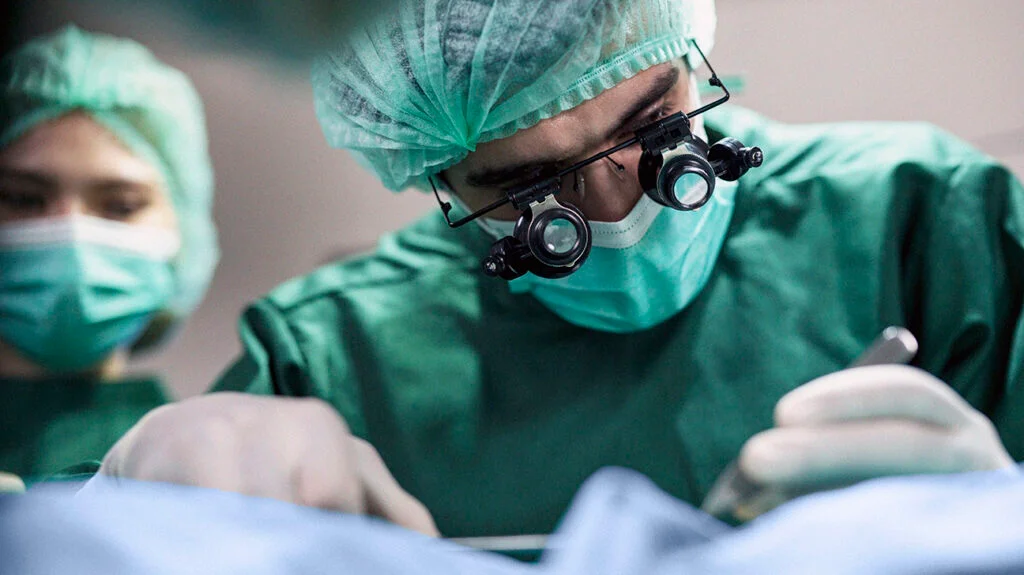
Liposuction Methods
Liposuction is still a mainstay in the surgical contouring armamentarium, with techniques like tumescent liposuction, ultrasound-assisted liposuction, and laser-assisted liposuction. With precision, each technique is able to remove those stubborn fat deposits, quickly and expertly eliminating them to unveil a more contoured you.
This procedure is amazing in the abdomen, thighs, and arms. It specifically addresses those pesky fat deposits that won’t go away with diet and exercise alone. In addition, liposuction helps to improve muscle definition, resulting in a fit and athletic appearance.
Dr. Cat’s less invasive approach means less pain and a faster recovery, so patients can enjoy their fabulous new contours in no time.
Tummy Tucks and Lifts
Tummy tucks and lifts are often the surgical techniques that create a flatter abdomen and more contoured body lines. These surgical techniques excise superfluous anatomy and tauten deep musculature, dramatically enhancing silhouettes.
When used in conjunction with liposuction, the results can be even more striking—a full body transformation awaits. The recovery process is one of gradual healing, with visible improvements continuing to develop over several weeks.
Read patient experiences and see how high patients’ satisfaction ratings soar with their newly carved silhouettes, proving the power of these sculpting surgical techniques.
Advanced Sculpting Techniques
Dr. Cat’s facial fat transfer is a cutting-edge sculpting technique. It’s a natural complement to these traditional techniques, as it leverages a patient’s own fat to achieve an overall balanced and harmonious appearance.
This technique is an excellent adjunct to facelift surgery and can give a very natural facial rejuvenation. Advanced techniques, when undertaken by an accomplished surgeon, result in delicate, artistic work that can vastly increase patient happiness.
Surgeon experience is key, making sure each procedure is performed with precision and care, leading to the best possible results.
Risks of Relying on Injections Alone
Looking at the risks of relying on injections alone to contour offers a troubling picture. Injections, despite their popularity attributed in part to their non-invasive nature, come with risks. Common side effects are swelling and bruising at injection sites, which usually clear up within a few days.
Serious complications such as infections, allergic reactions, and even tissue necrosis can happen when injections are not properly managed. Follow-up monitoring for adverse effects after treatment is paramount to ensure the safety, quality, and effectiveness of these services.
Potential Side Effects
Injection treatments are usually associated with temporary side effects like swelling and bruising. These are transient, but can be quite annoying. More severe complications, such as infections or allergic reactions, can be dangerous to one’s health.
It’s very important to monitor for uncommon symptoms following the injection so that they can be treated right away.
Overuse and Misapplication
When injections are overused, the result can be an undesirable cosmetic outcome, like an unnatural look or facial asymmetry. Without proper training, inexperienced injectors are more likely to use improper techniques, raising the risk of such outcomes.
The best thing you can do is to select a qualified, experienced injector to reduce these risks.
Long-term Consequences
Plus, over-relying on injections alone can result in diminishing returns in the long run. With each treatment, the skin quality is damaged, leading to a loss of elasticity and quality over time.
Surgical options provide permanent contouring results, making it a perfect option for these patients.
Conclusion
Targeted contouring really takes off when it has an accomplished surgeon at the controls. Injections can perform subtle magic, but it’s nothing like the artistry of deep surgical injections and contouring that surgeons can do. A surgeon brings expertise, understanding the body’s nuances, and tailors each procedure to suit individual needs. They take into account the interplay of skin texture, underlying muscle structure, and more, creating results that are natural and long-lasting. Risks of relying on injections alone include unnatural, lumpy, or asymmetric results and short-term effects. Injections can’t compete with a skilled surgeon’s craft. Selecting a surgical approach offers more options and improves satisfaction in general. When you invest in a highly trained, experienced professional, you are committing to an ideal of quality and care. If you’re looking for truly effective contouring, only an experienced surgeon can unlock the full potential of this art. Find out what’s possible, look for the right talent first, and welcome the change that means real progress.
Frequently Asked Questions
What is targeted contouring?
Targeted contouring is a cosmetic procedure that utilizes injectable treatments to sculpt and refine specific areas of the body or face, complementing one’s natural aesthetic for customized results.
Why can’t injections replace a skilled surgeon for contouring?
Injectable treatments only temporarily add volume and smoothness to facial contours. They cannot achieve the same level of precision or the long-lasting results that surgical body contouring can provide. An experienced injector is far better equipped to address complex anatomical concerns that injections simply cannot treat.
What are the limitations of injections in contouring?
Unlike these invasive procedures, cosmetic injections such as dermal fillers are by nature temporary, requiring regular upkeep. First, they can’t address structural concerns or create deep contouring, being limited to subtle improvements rather than significant changes.
Why is a skilled surgeon important in contouring?
Only a qualified plastic surgeon has the knowledge and experience to evaluate your unique needs, develop a comprehensive plan for cosmetic treatments, and perform detailed techniques with injectable treatments for the best possible results.
What surgical techniques are used for contouring?
Common surgical techniques for targeted removal or replacement include liposuction, facelifts, and rhinoplasty. While these invasive procedures yield more durable, natural-looking results over time, noninvasive procedures and injectable treatments can also enhance facial contours.
What are the risks of relying on injections alone for contouring?
Without the artistry of a highly skilled plastic surgeon, relying only on injectable treatments can result in overfilling, asymmetry, irritation, and more complications. Without appropriate surgical options, some aesthetic endpoints will never be reached, showcasing the importance of a trained surgical eye.



